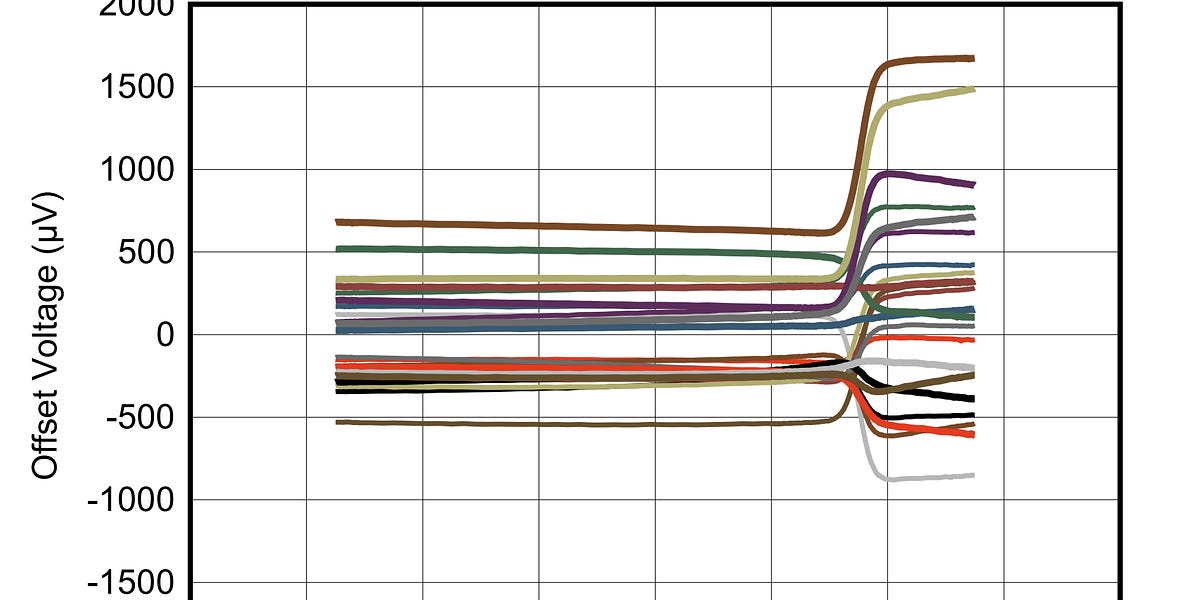What is Electricity? From Atomic Structure to Conductivity

This article provides a clear and accessible explanation of electricity. Starting with the Bohr model of the atom, the author explains the arrangement and behavior of electrons within atoms and discusses key concepts in quantum mechanics such as quantization and the Pauli exclusion principle. The article further explains the different behaviors of electrons in insulators and conductors, and how electric current is generated. The author uses plain language, avoiding complex mathematical formulas and jargon, making it easy for readers to understand the fundamental principles of electricity.
Read more







